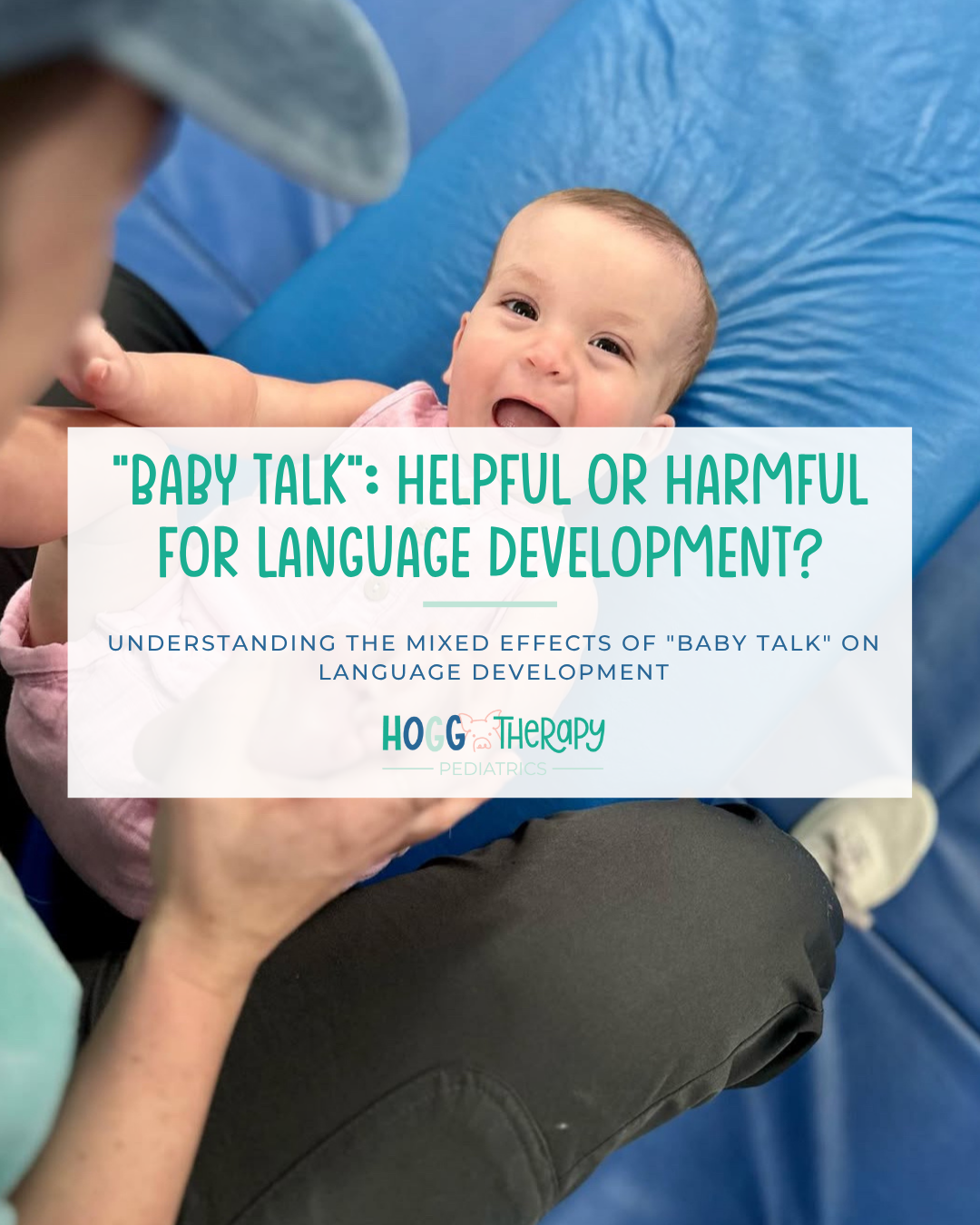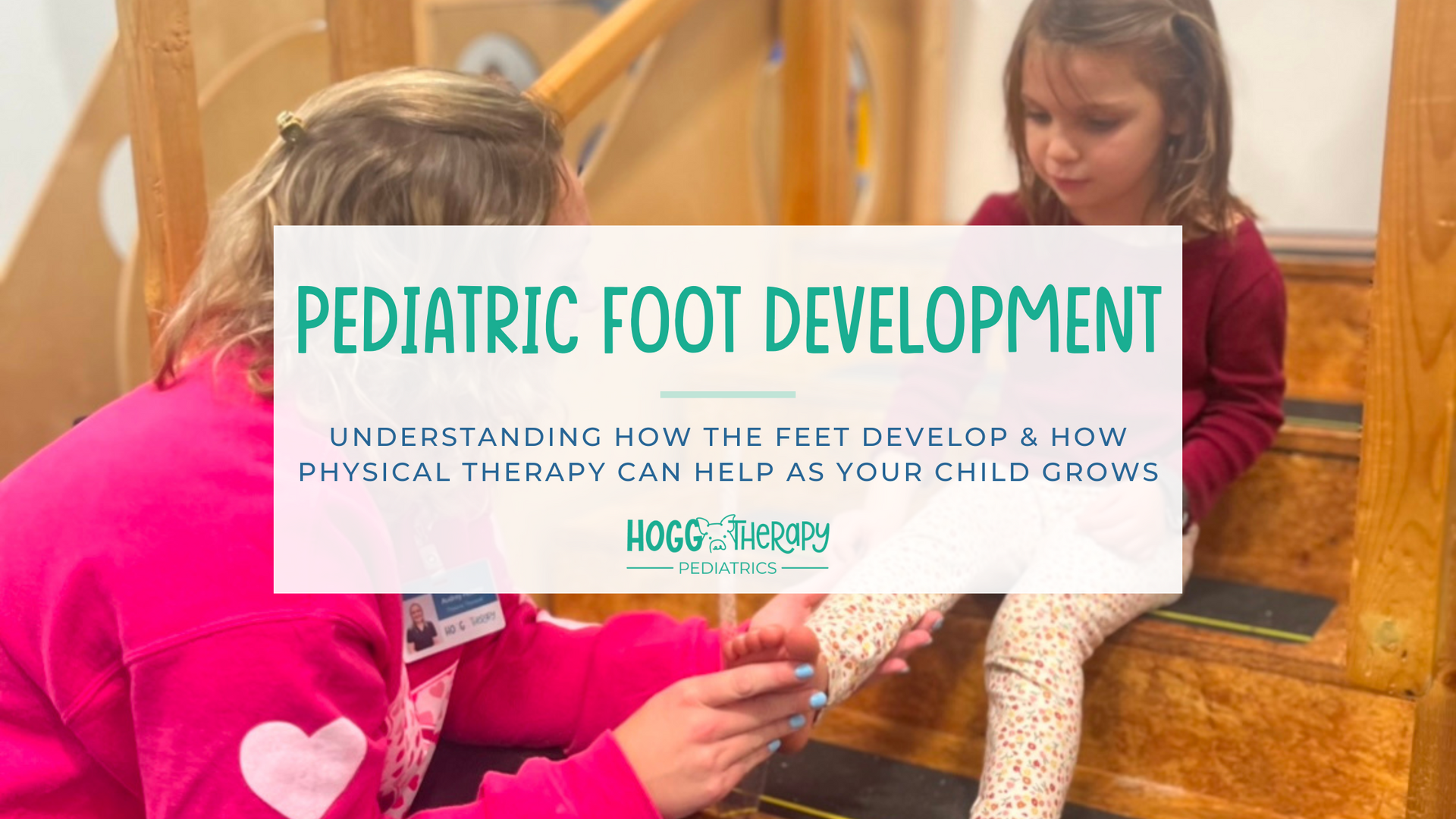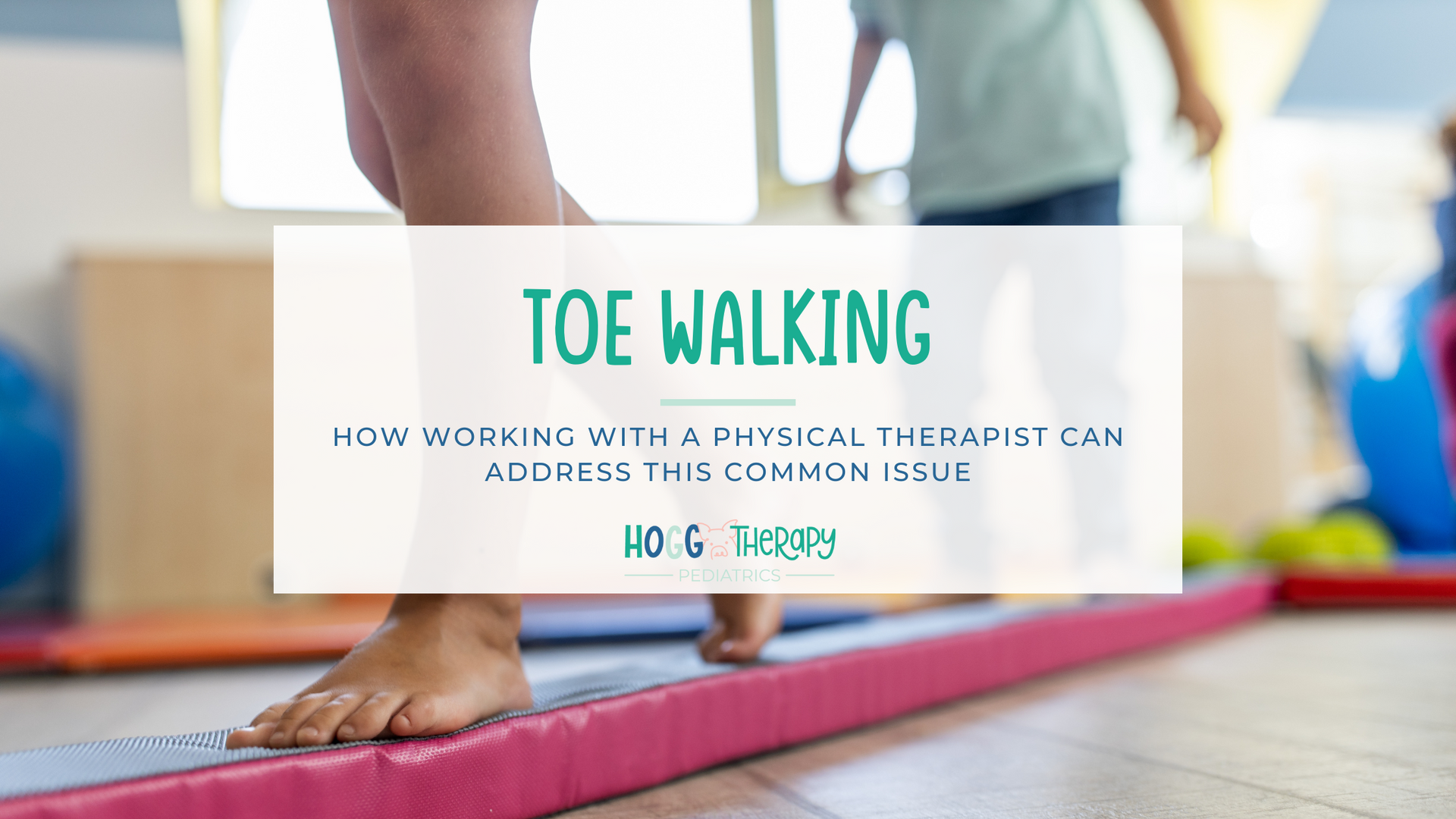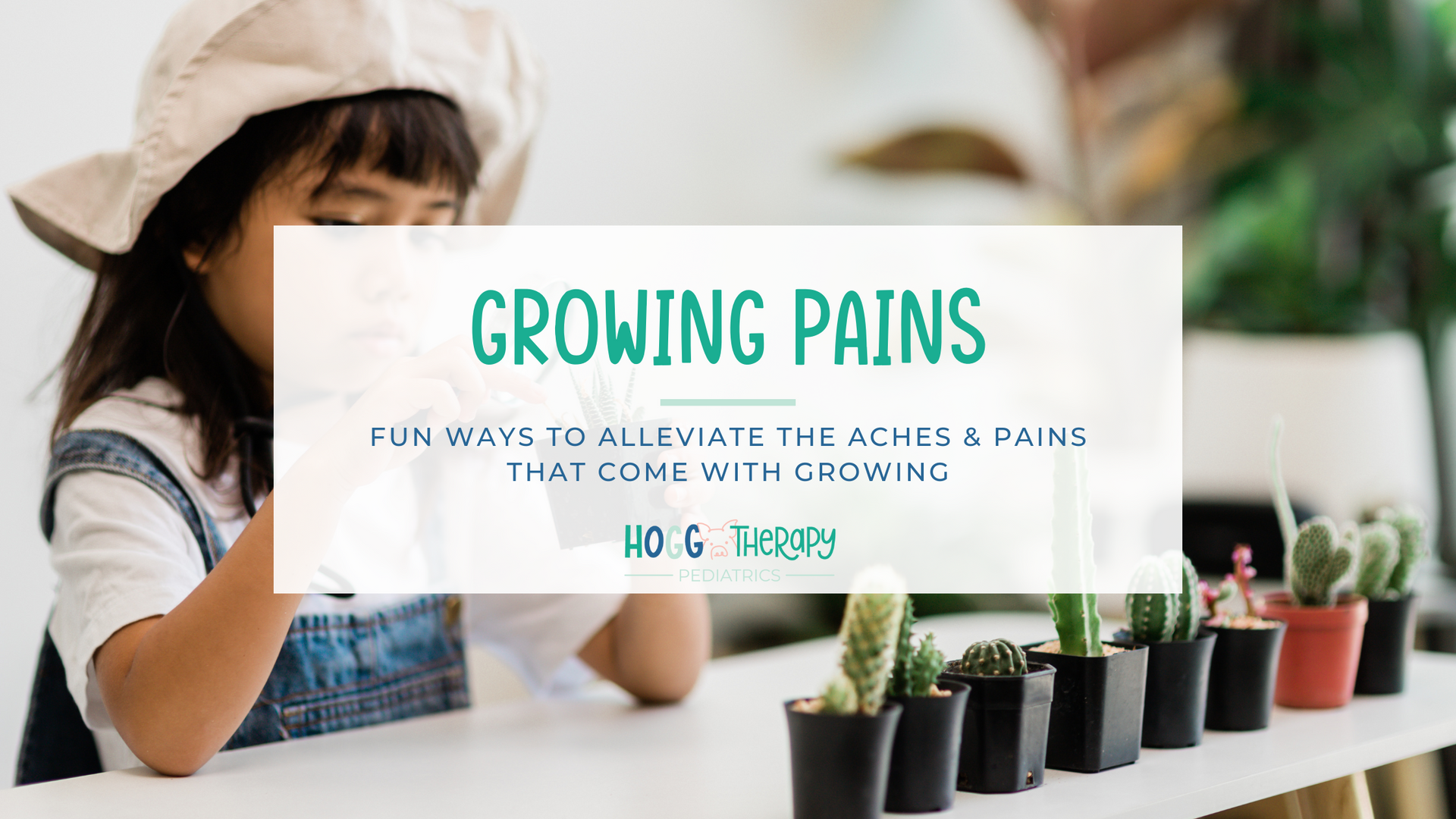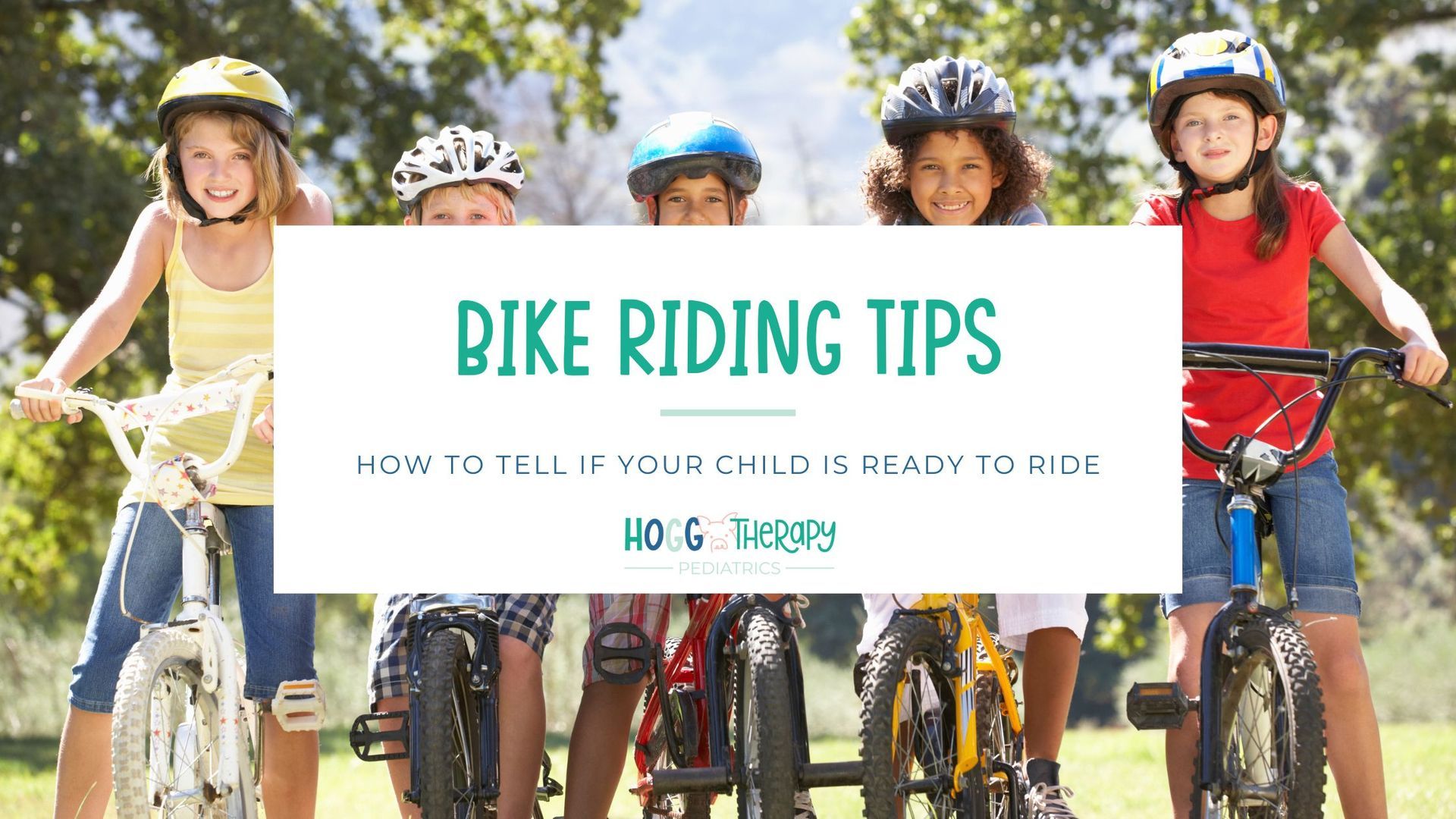Speech Disorders Simplified: Apraxia vs. Phonological Disorder
Morgan Barton CCC-SLP
When children present with speech sound disorders, parents may start to research information to better understand the disorder. Oftentimes, parents will discover two possibilities: apraxia or a phonological disorder. Understanding the difference between apraxia and a phonological disorder can be difficult for both clinicians and parents. The following information can be useful in gaining a better understanding of the specific speech sound disorder a child may be presenting with.
Apraxia/Childhood Apraxia of Speech
Apraxia is a neurological speech disorder that impacts the ability to execute, plan, and sequence the motor movements of the mouth to produce speech. The following are characteristics that can be present in apraxia:
- Limited babbling in infancy. This can be seen in very quiet babies who don’t attempt to make many noises.
- Using very few or no words by the age of 2.
- Replacing or deleting vowel and consonant sounds within their words.
- Difficulty in imitating sounds and words as well as motor movements of the mouth and tongue.
- Using the same sound (for example, “ba”) for every word they produce.
- The child can understand language more than they can produce it.
- Speech errors are inconsistent. Sound errors change when attempting to produce the same word.
- “Groping” movements when attempting to produce words. This can appear in children who are opening their mouths to talk, but it looks like they forgot what they had to say. Another example could be that it looks like the child has difficulty using their tongue to produce their words.
Phonological Disorder
A phonological disorder is difficulty with the rules or patterns of language. Children who present with a phonological disorder have difficulties understanding the patterns and rules of speech production that children their age should understand. To put it simply, a phonological disorder is a simplification of the adult model of language. Some examples include final consonant deletion (leaving off the final sound in words, ”hat” is produced as “ha”) and cluster reduction (when a consonant cluster is reduced to a single consonant, “spider” is produced as “pider”).
Children who present with a phonological disorder typically have appropriate expressive language development and use appropriate sentence lengths. However, their speech patterns are consistent with the speech errors you would hear in younger children.
While this is a simple comparison of apraxia and phonological disorders, we hope this gives you an idea of what to look for if you have concerns about your child’s speech development. If you do have questions or concerns, our speech-language pathologists at Hogg Therapy would love to help! Please give us a call at 859-353-3666, or visit our website here.



